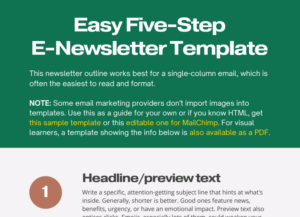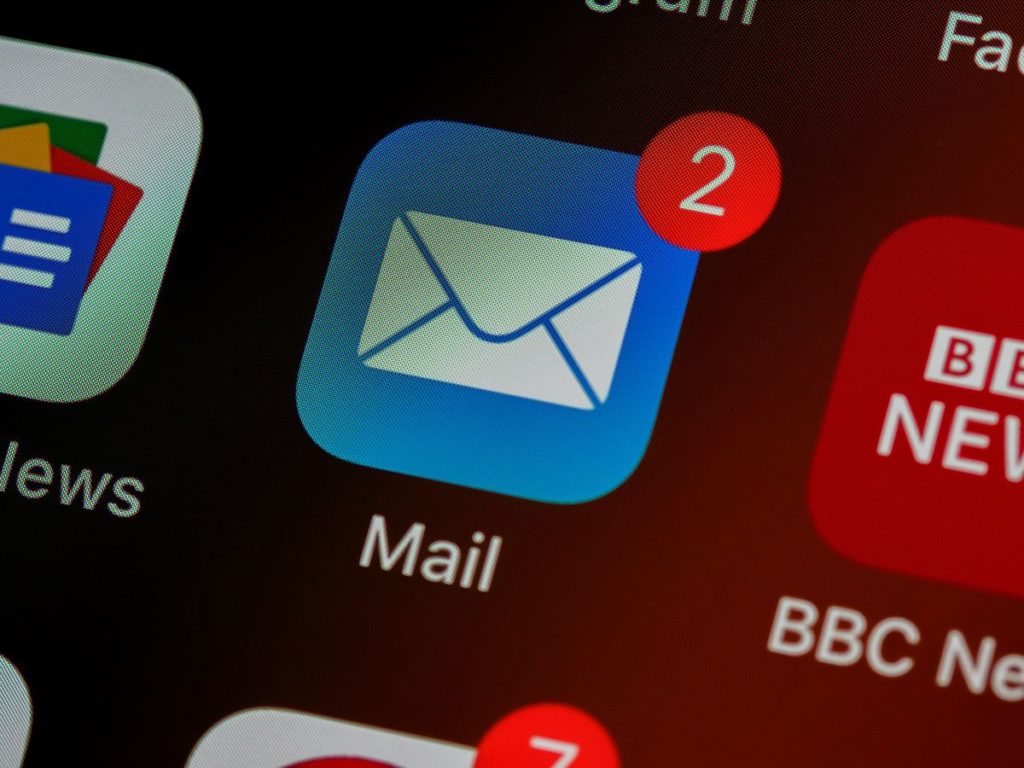The 5 Cs of Professional Business Writing

Is your business writing professional — does it stand out or fade into the background, failing to reach your readers? If not, it might be time for a refresh.
I’ve done that. Especially since the advent of AI and its generic phrasing, I felt my writing was wordy and lacked luster. So, I’ve been sharpening my writing pencil ever since. Editing tools have helped me polish my phrasing. I’ve also chiseled away at my weaknesses.
Refreshing my writing has helped me boost my subscriber base and gain more work. It can help you keep readers hooked and ultimately, attract customers.
So, let’s brush up on the basics. Ready to stifle the yawns and add some “oomph” to your writing? See these effective business writing examples.
1. Clear – Vague copy is as foggy as a smudged windowpane; professional business writing shows a clean view of every detail. It contains the information essential to readers.
Suppose you’re emailing colleagues about a deadline update. Instead of saying “The deadline has been changed,” be more direct and specific:
Example: We’ve moved the deadline for the earnings report to next Friday, March 1st, at 5 pm EDT (Eastern Daylight Time).
One way to assess clarity is to check the readability level. This metric corresponds to grade-school levels, increasing with longer words and sentences, To address the average reader, some grammar experts suggest you write at a sixth-grade level.
Measure it with:
- the Flesch-Kincaid scale
- Software: Microsoft Word, Grammarly, The Hemingway App, etc.
2. Concise – Give only the information a reader needs to know. Trim the fat. To stay concise, be precise.
Essentially, slice away passages that detract from the meaning of the work, are vague, or repeat similar information. Write in plain English — like you speak — free of jargon. Compare these two sentences:
Example: In order to process your order, we need more information.
Revised: To process your order, we need your shipping address.
Strunk and White: “The Elements of Style”: Every word or sentence doesn’t have to be short, but every word must “tell.”
3. Correct – Accurate and professional business writing:
- Meets basic grammar rules
- Contains proper spelling and punctuation
- Is fact-based
Beyond that, views on style vary. Depending on the style you prefer, you may format words or punctuation differently.
Example: The term “health care”: some organizations don’t place a space between the words (“healthcare”).
Minor differences like these can shift meaning and clarity in your writing.
Regarding facts, generative AI can “hallucinate,” or make up information and sources. Imagine the trust you lose when someone discovers your statistics are backed by thin air. Whether or not you use AI, verify any data — ensure every fact and figure is correct and credible.
4. Courteous – Friendly writing feels like a warm handshake, setting a polite tone. Whether you’re rejecting an idea or confirming a meeting, aim to reflect respect and professionalism. Avoid slang.
Example:
“Dear Tyler,
Thank you for meeting with me yesterday to discuss the Tech5000 project. I enjoyed learning more about your vision and goals.”
When your writing reads like a conversation, it’s more likely to connect with people.
5. Complete – Some stories, like “The Dark Tower” by Stephen King, end on a cliffhanger, without telling the entire tale to keep readers guessing until the next installment. You can leave your audience hanging by mistake when you omit necessary details.
Give all the details to get your point across. If you don’t, you can leave your readers with questions.
Close the loops through answering:
- Who?
- What?
- When?
- Where?
- Why
- How?
Example: “We’ll follow up later.”
Rephrased: “We’ll follow up with the revised project outline by Monday, March 18, at 4 pm. Please let us know if you want any changes.”
Discover how to reach clients who value and respect you and your business
Which of the 5Cs has helped you improve your writing the most? Leave a comment.
“Say all you have to say in the fewest possible words, or your reader will be sure to skip them; and in the plainest possible words or he will certainly misunderstand them.” ~ John Ruskin
“The two words ‘information’ and ‘communication’ are often used interchangeably, but they signify quite different things. Information is giving out; communication is getting through.” ~ Sydney J. Harris





